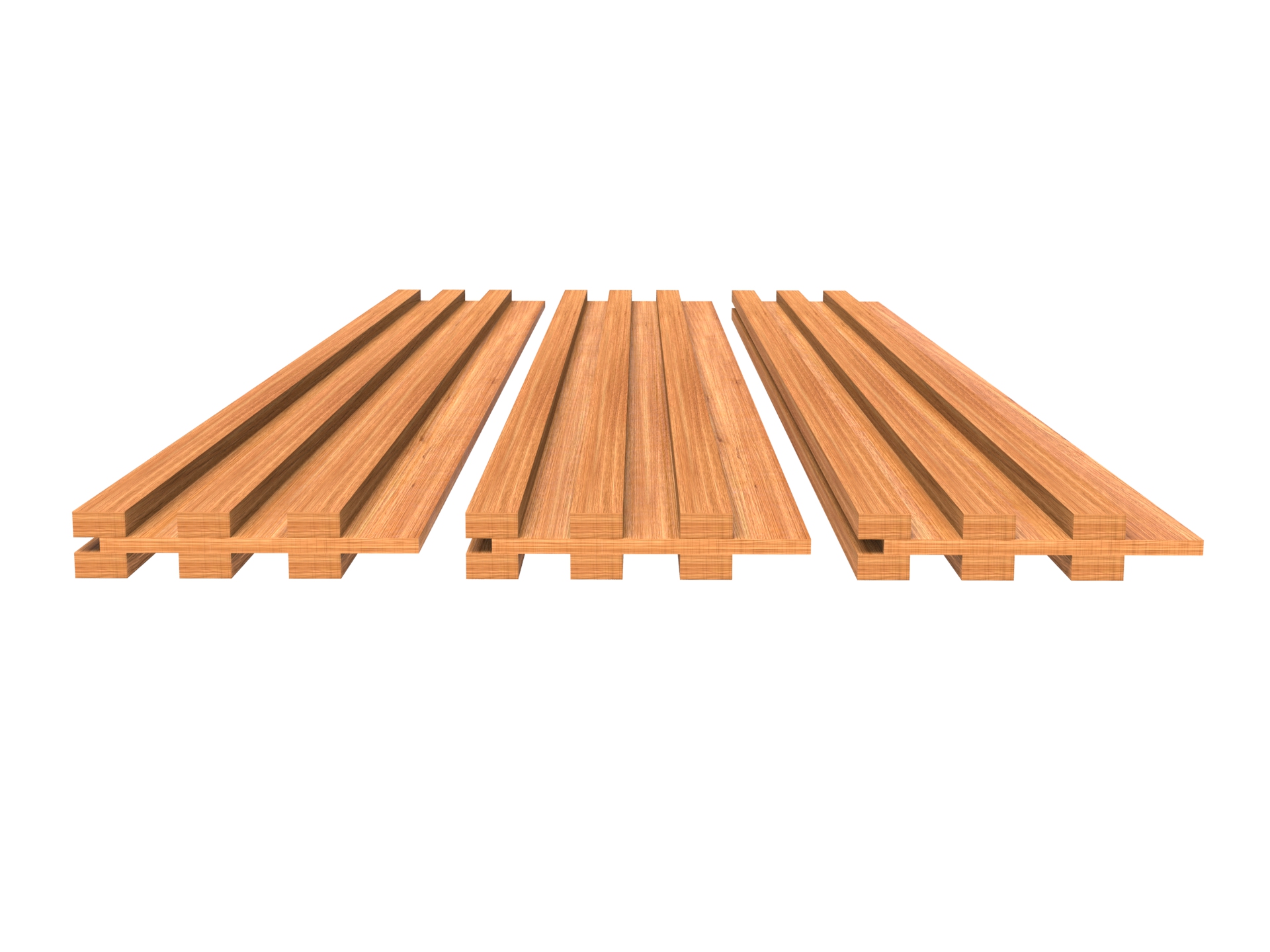Description
A Wall-Panel is a versatile and stylish architectural element that serves both aesthetic and functional purposes within interior spaces. These panels cover walls and enhance the visual appeal of a room while providing practical benefits such as insulation, soundproofing, or texture variation.
Firstly Wall-Panel manufacturers use a wide range of materials, each contributing its unique look and properties. Common materials used for wall panels include wood, metal, glass, fabric, vinyl, gypsum, and composite materials. In addition, the choice of material impacts the panel’s appearance, durability, and suitability for specific applications.
Also Wooden wall panels, add warmth and texture to a room, with options ranging from traditional hardwoods like oak or walnut to more contemporary finishes like reclaimed wood or wood veneers. Metal panels offer a sleek and modern look, often used in industrial or minimalist designs. Glass panels introduce transparency and light into a space, ideal for creating a sense of openness and elegance.
Types of Wall-Panel: There are several types of wall panels, each designed to achieve different aesthetic or functional goals:
- Decorative Panels: These panels focus on enhancing the visual appeal of a space. Furthermore, they come in various styles, patterns, and finishes, such as 3D textures, geometric shapes, or artistic designs, adding depth and character to walls.
- Acoustic panels, designed to absorb sound and improve acoustics, commonly find use in spaces like offices, auditoriums, or recording studios. Additionally, They help reduce noise levels and enhance overall sound quality within a room.
- Insulated Panels: These panels provide thermal insulation, helping to regulate indoor temperatures and reduce energy costs. People often use insulated wall panels in residential and commercial buildings to improve energy efficiency.
- Textured Panels: Textured wall panels introduce tactile elements to walls, creating visual interest and depth. They can mimic natural materials like stone or brick, offering a cost-effective alternative to traditional construction methods.
-
The application of wall panels is diverse, spanning residential, commercial, and institutional settings. Wall panels create accent walls in homes, adding character and visual interest to living rooms, bedrooms, and dining areas. In commercial spaces, such as offices, hotels, or retail stores, wall panels are often used for branding, interior decoration, or to define different functional zones.
Benefits of Wall Panels:
- Enhanced Aesthetics: Wall panels offer a wide range of design options to enhance the visual appeal of interiors, creating focal points or complementing existing decor.
- Improved Insulation: Certain types of wall panels contribute to better thermal and acoustic insulation, promoting energy efficiency and comfort.
- Easy Maintenance: Wall panels are often easy to clean and maintain, making them a practical choice for high-traffic areas or environments where hygiene is essential.
- Versatility: Wall panels come in diverse styles, colors, and textures, allowing for creative expression and customization to suit individual preferences.
In summary, wall panels are a versatile design element that combines aesthetic appeal with practical benefits. Wall panels offer endless possibilities for enhancing interiors in homes, offices, and hospitality venues with decorative accents and functional solutions.








Reviews
There are no reviews yet.